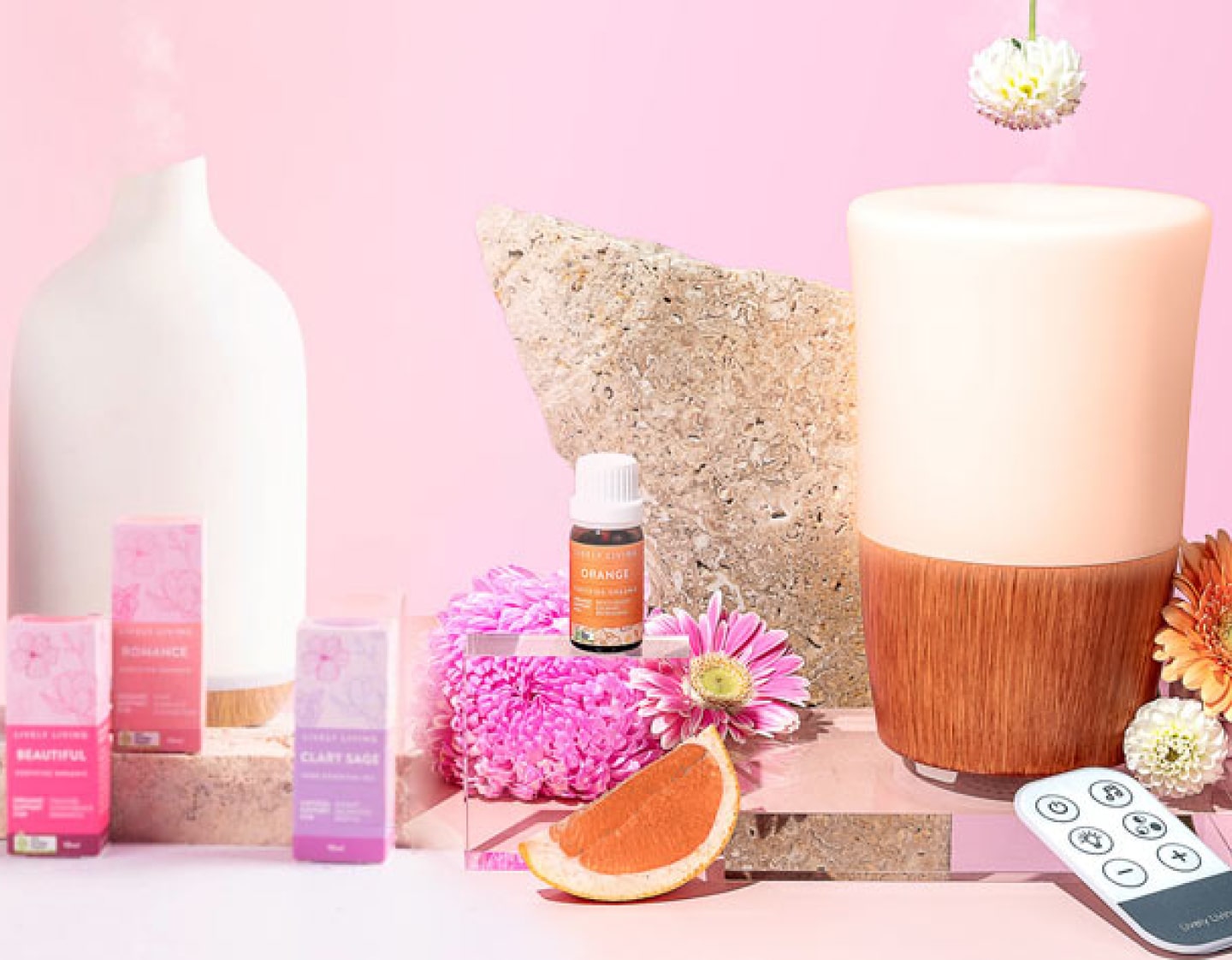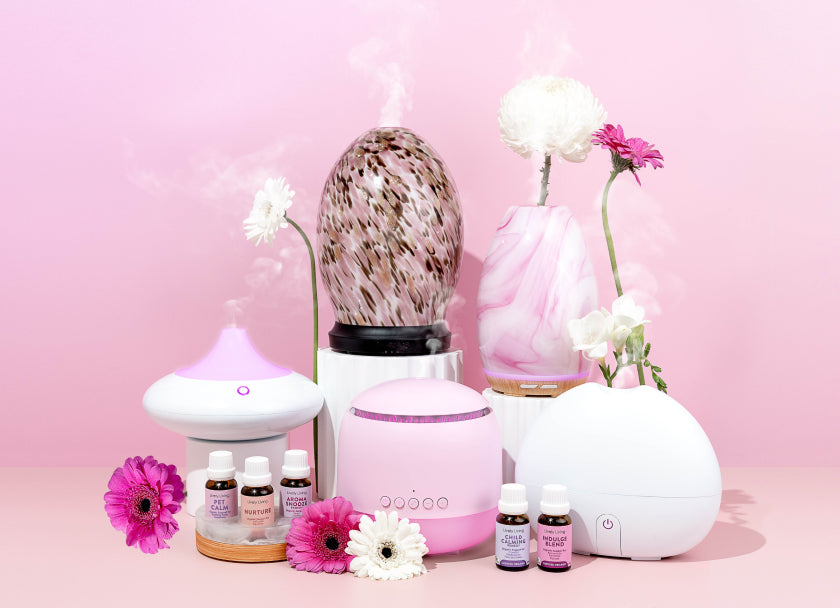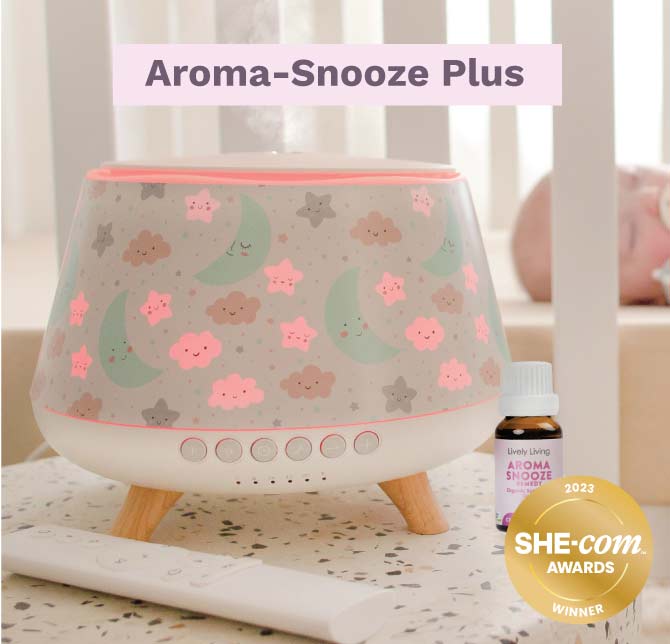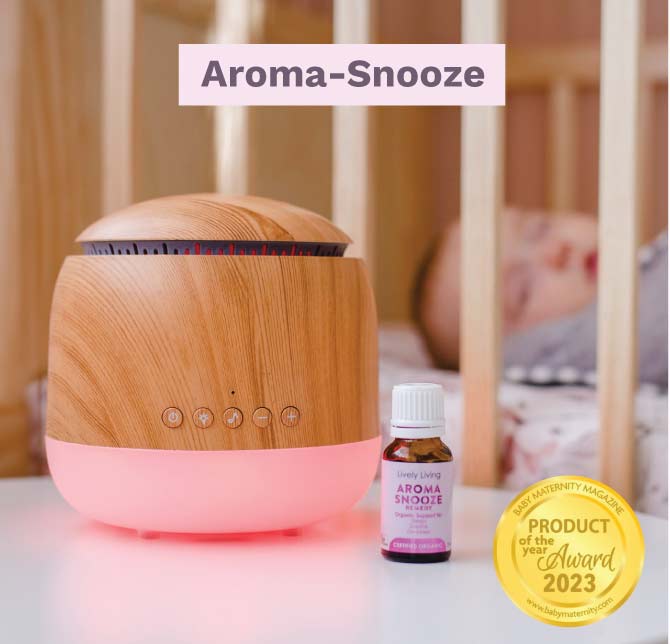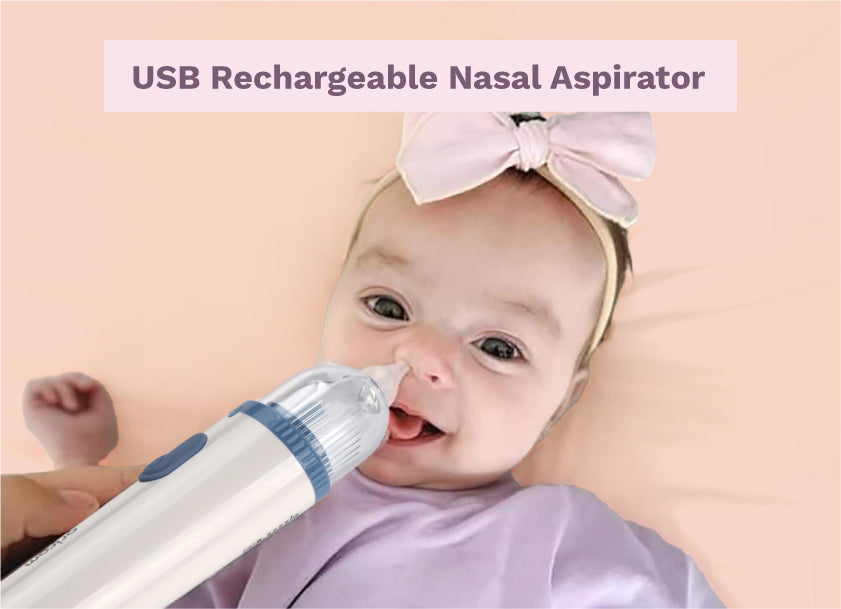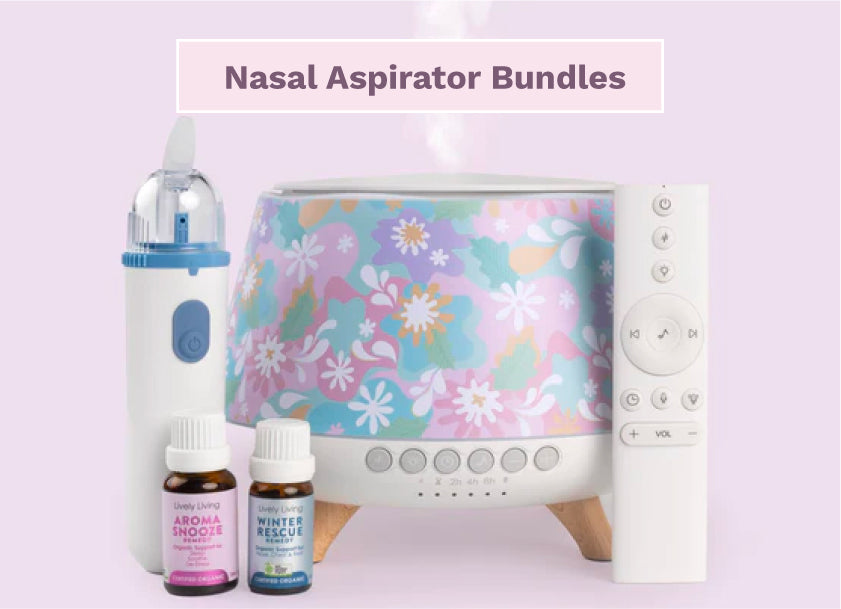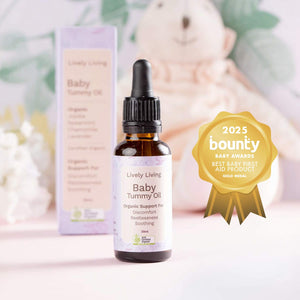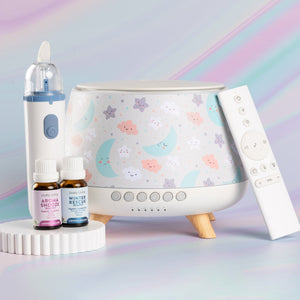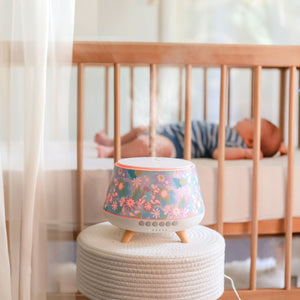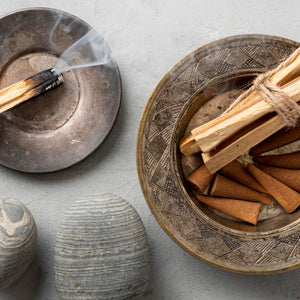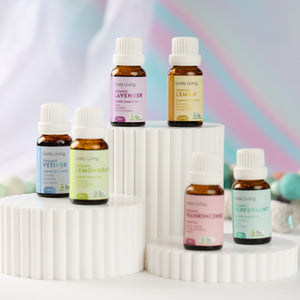Effective Strategies for Clearing Infant Congestion Easily
Hearing your little one struggle with a stuffy nose is tough. You want to help them breathe easier right away. Many parents search for effective strategies for clearing infant congestion, hoping to find gentle and safe solutions for their baby's blocked nose.
You are not alone in this; many parents face this common issue, a frequent topic in discussions about children's health. We'll explore some practical and effective strategies for clearing infant congestion to bring comfort to your baby and peace of mind to you. Managing a baby's blocked nose is a common concern for many families.
Table of Contents:
- Understanding What's Behind Infant Congestion
- Gentle and Effective Strategies for Clearing Infant Congestion at Home
- Keeping Your Baby Hydrated
- Essential Oils: Understanding the Risks for Infants
- Knowing When a Doctor's Visit Is Necessary
- Conclusion
Understanding What's Behind Infant Congestion
Little noses can experience nasal congestion for several reasons, often leading to a blocked nose. The most frequent cause is the common cold, as babies have developing immune systems that are new to fending off viruses. Their tiny nasal passages, much smaller than an adult's, can also become irritated and swollen quite easily, contributing significantly to baby nasal congestion.
Another factor is that infants primarily breathe through their noses for the first few months of life. This means even a small amount of swelling or mucus can cause noticeable difficulty. Sometimes, allergies might be the culprit, causing a persistent runny nose, though this is less frequent in very young infants compared to older children.
Exposure to dry air, especially during winter months when indoor heating systems are running, can also dry out the delicate lining of nasal passages, leading to irritation and stuffy noses. Irritants in the environment, such as dust, pet dander, tobacco smoke, or strong chemical smells from cleaning products or perfumes, might also trigger or worsen a baby nasal issue. Identifying and minimizing these risk factors is a good first step.
Signs your baby has a baby's blocked nose, a form of nasal congestion, include a persistent runny nose (with clear, white, yellow, or green mucus) and audibly noisy breathing. They might also sneeze more often as their body tries to clear the nasal passages. You may notice your baby is fussier than usual, has difficulty feeding because it's hard to breathe and suck simultaneously, or struggles to sleep soundly; clearing mucus becomes a priority for their comfort and well-being.
In some cases, infant congestion can be a symptom of infections like respiratory syncytial virus (RSV). RSV, also known as syncytial virus or respiratory syncytial, is a common respiratory virus that usually causes mild, cold-like symptoms but can be serious for infants, especially premature babies or those with underlying health conditions. It's a key reason why any concerning breathing issues warrant a discussion with your care physician.
Gentle and Effective Strategies for Clearing Infant Congestion at Home
Fortunately, there are many things you can try at home to help your congested baby feel more baby comfortable. These methods focus on being gentle yet helpful when trying to clear congestion and improve their breathing. Remember, your baby's well-being and safety are the main goals as you implement these home remedies.
Saline: A Simple Starting Point
Nasal saline drops or sprays are a fantastic first step for managing a baby's blocked nose and are highly recommended by pediatricians. These are simply a sterile saltwater solution, which helps to thin out and loosen mucus that has become thick and sticky in your baby's nasal passages. This physiological action makes it easier for the mucus to drain on its own or for you to remove it with an aspirator, helping to clear nasal congestion.
You can buy pre-made nasal saline drops or sprays at any pharmacy; they are readily available and inexpensive. To use them, lay your baby on their back, perhaps swaddled if they tend to resist. Gently tilt their head back a little, supporting their head and neck, and instill one or two drops of the nasal saline solution into each nostril to help clear nasal passages effectively.
Wait for about thirty seconds to a minute to let the saline work its magic liquefying the secretions. Your baby might sneeze, which is a natural reflex that can help expel some of the loosened mucus too. The Mayo Clinic suggests saline drops as a safe and effective way to help relieve stuffiness and offer useful nose remedies for infant congestion.
Using a Nasal Aspirator Correctly
After using saline to loosen mucus, a nasal aspirator can help physically remove it and clear nasal congestion effectively, especially if the baby is too young to blow their nose. There are a couple of common types available for baby nasal care. The traditional bulb syringe is one, often given at hospitals, and newer human-suction aspirators (sometimes called 'snot suckers') are also very popular among parents.
With a bulb syringe, first, squeeze all the air out of the bulb. Then, gently insert the soft rubber tip into one of your baby's nostrils, ensuring it's pointed towards the back or side of the nose, not straight up. Slowly and steadily release the bulb to suck out the mucus, aiding in clearing mucus. After suctioning, squeeze the collected mucus onto a tissue and wipe the tip before using it on the other nostril or again.

![]()
Human-suction aspirators have a tube that you place gently against the opening of the baby's nostril (not inside) and a mouthpiece for you to suck air through. They typically have a disposable or cleanable filter that acts as a barrier to prevent any transfer of germs or mucus to your mouth, which can improve the patient experience for both parent and child. Many parents find these more effective and easier to control for a baby's blocked nose, as they can vary the suction strength.
It's generally advised not to suction your baby's nose more than two to three times a day. Overuse can sometimes irritate the nasal lining and potentially make congestion worse. Always clean any aspirator thoroughly after each use with soap and warm water, and allow it to air dry completely to prevent bacteria or mold growth; refer to the manufacturer's instructions for specific cleaning protocols.
The Power of Humidity
Moist air can soothe irritated and dry nasal passages, help thin sticky mucus, and make breathing easier, counteracting the effects of dry air. Using a cool mist humidifier in your baby's room, especially when they sleep, can make a significant difference in their comfort levels. Hot-water vaporizers or steam humidifiers are generally not recommended for children's health due to the burn risk if a child gets too close or tips it over.
It's important to clean the humidifier regularly, ideally daily, according to its specific instructions. This step is crucial to stop mold, bacteria, or mineral dust from growing inside the unit and being dispersed into the air, which could cause further respiratory issues. Use distilled or demineralized water if possible to reduce mineral buildup. If you don't have a humidifier, you can create a similar effect with steam to improve the air quality in your baby's environment, although a humidifier provides more consistent humidity.

![]()
Steam Treatment in the Bathroom
A steamy bathroom can also offer temporary relief from a baby's blocked nose and help clear congestion. Turn on the hot shower to fill the bathroom with steam and close the bathroom door. Sit in the steamy room (not in the shower itself) with your baby, perhaps using this time for some quiet bonding or looking through family resources on your phone, for about 10 to 15 minutes.
Do not take your baby into the hot shower itself; their safety is paramount. The warm, moist steam in the air is what helps to loosen mucus in the nasal passages and chest. This can be a particularly calming ritual before bedtime if your baby is experiencing a stuffy nose or even mild chest congestion.
Safe Elevation for Better Drainage
Keeping your baby's head slightly elevated can sometimes help mucus drain from their nasal passages due to gravity. However, it is absolutely critical to do this safely, especially for infants under one year old. Never use pillows, soft bedding, or infant positioners in the crib for an infant, as these items increase the risk factors for sudden infant death syndrome (SIDS), a tragic form of infant death, and other sleep-related dangers; these guidelines are crucial for preventing sudden infant death.
If you want to try elevating your baby's head, you can place a thin, firm towel or a slim, flat book beneath the head end of the crib mattress itself, creating a very slight incline. The elevation should be minimal and the mattress should remain firm and flat. The American Academy of Pediatrics has strict guidelines on safe sleep practices, so always prioritize those recommendations to prevent sudden infant death syndrome or any other death syndrome. Even a slight, safe incline can sometimes help with a baby's blocked nose and make your baby comfortable, but always observe your baby and consult your pediatrician if unsure.
Keeping Your Baby Hydrated
Good hydration is important for everyone, particularly a congested baby needing to clear congestion and keep their body functioning optimally. If you are breastfeeding, continue to offer the breast frequently, as breast milk provides fluids and antibodies. If your baby is formula-fed, ensure they are taking their usual amounts, as this contributes to overall children's health and helps their system fight off infections.
Adequate fluids help keep nasal secretions thin and effectively loosen mucus, making it less sticky. This makes it easier for the baby to clear their baby nasal passages, either through sneezing, coughing, or with your assistance using saline and an aspirator. If you are concerned about your baby's fluid intake, notice fewer wet diapers, a dry mouth, or other signs of dehydration, consult your primary care physician without delay.
Gentle Back Pats to Loosen Mucus
Sometimes, gentle tapping or patting on your baby's back can help address chest congestion, if present alongside nasal stuffiness. This technique, a form of chest physiotherapy, can help loosen mucus in their airways, making it easier for them to cough it up or for it to move. Lay your baby across your lap on their stomach, with their head slightly lower than their chest if comfortable, or sit them up leaning slightly forward, well-supported.
With a cupped hand (fingers and thumb together, forming a small cup), gently but firmly pat their back over the lung areas, avoiding the spine and abdomen. This should be very gentle, much like burping your baby, but with a slightly more hollow sound due to the cupped hand. Some parents find this helps, particularly if the congestion sounds like it's in the chest, contributing to chest congestion. Always be careful, observe how your baby responds, stop if they seem distressed, and focus on making your baby comfortable.
Minimizing Irritants in Your Home
Babies, especially when dealing with baby nasal congestion or a sensitive respiratory system, can be very reactive to irritants in the air. Try to keep your home environment free from tobacco smoke, which is extremely harmful for children's health and a major risk factor for respiratory problems. Avoid using strong perfumes, scented candles, incense, plug-in air fresheners, or harsh cleaning products with strong fumes, especially near your baby's room or where they spend most of their time.
Dust mites and pet dander can also worsen a baby's blocked nose or trigger underlying risk factors for allergies or asthma. Regular, thorough cleaning (vacuuming with a HEPA filter, damp dusting), washing bedding in hot water, and good ventilation can help reduce these potential irritants. Creating a clean-air environment can significantly help your little one breathe easier and clear nasal passages more effectively, reducing the frequency and severity of stuffy noses.
Essential Oils: Understanding the Risks for Infants
Many people look to essential oils for various health concerns, and information often circulates on social media platforms. For babies and young children, caution is needed for their children's health and safety. Most essential oils are highly concentrated and potent substances and can be harmful or even dangerous to infants if not used correctly,
The truth is, there is little robust scientific evidence from medically reviewed studies to support the safe and effective use of essential oils for infant congestion or a baby's blocked nose. In fact, some commonly used oils, like eucalyptus (containing eucalyptol) and peppermint (containing menthol), contain compounds that can cause serious breathing problems (like slowed breathing), neurological issues, or even seizures in babies and young children.
Use caution when applying essential oils directly to a baby's skin, even if diluted, as their skin is more sensitive, and can cause irritation, burns, or allergic reactions especially ifusing cheaper, non organic products. Their skin is much thinner, more sensitive, and more absorbent than adult skin, meaning substances pass into their system more easily. Also, never let a baby ingest essential oils, as this can be highly toxic and lead to an emergency room visit or severe internal damage.
Diffusing essential oils into the air is perceived as a safer method, but it still carries significant risks for infants. If certain oils are diffused, especially in a small, poorly ventilated space like a baby's room, or for prolonged periods, it can irritate a baby's delicate lungs and airways, potentially triggering an asthma attack or other respiratory distress. Some sources might suggest that very mild oils like lavender or chamomile, if heavily diluted and diffused in a large, well-ventilated room is best for the baby
However, this approach should only ever be considered after a direct and thorough conversation with your pediatrician or primary care physician; their advice should be medically reviewed and trusted over anecdotal claims. It is critical to get professional medical advice first before trying any alternative nose remedies or therapies for clearing mucus, especially those found through a mobile app or general health news sources that may not be vetted by pediatric health professionals. Staying informed through reliable channels is vital, similar to how one might research topics related to chronic conditions or other specific health needs like women's health or eye health.
Because of the potential risks and lack of clear, evidence-based safety guidelines for babies, most pediatricians and children's health organizations advise against using essential oils with infants under two years old, and often for older young children as well. If you are considering using them in any capacity, even just for scenting your home environment, please speak to your child's care physician first. They can give you the best advice based on your baby's specific health, age, and any pre-existing conditions treatments, ensuring you don't inadvertently cause harm while trying to help with clear congestion.
Effective Strategies for Clearing Infant Congestion: Key Reminders
You've now learned about several gentle approaches to help your little one with baby nasal congestion and achieve a clear nasal airway. Using nasal saline drops followed by careful use of a nasal aspirator is a great combination to clear nasal passages effectively. Running a cool mist humidifier consistently can provide significant relief from the discomfort of dry air, especially overnight in the baby's room.
Remember that a steamy bathroom can offer quick, temporary comfort for a stuffy nose, helping to loosen secretions. Safe, slight elevation of the head of the crib mattress (under the mattress) might aid with drainage and make your baby comfortable, but always prioritize safe sleep. Keeping your baby well-hydrated and your home free of airborne irritants are also key supportive measures to help clear congestion and support their recovery.
Patience is important for the patient family; these things take time. Congestion, often due to a common cold, usually clears up on its own within a week or two as your baby's body fights off whatever caused it. Your gentle, consistent care will help them through it, improving their overall patient experience and promoting faster recovery.
Knowing When a Doctor's Visit Is Necessary
While most infant congestion, like a simple runny nose or a stuffy nose, is mild and resolves with attentive home care, there are times when you need to call your doctor or primary care physician. Trust your instincts as a parent; if you feel something is not right with your child's health, or if the congestion is impacting their ability to feed or sleep significantly, it is always best to get professional, medically reviewed advice. Medical professionals, including pediatricians or specialists who may offer therapy services for more complex respiratory issues, can give guidance on specific conditions treatments and rule out more serious causes for the congestion.
You should contact your pediatrician or seek medical attention if your baby exhibits any of the following signs or symptoms, as these could indicate more serious issues than just a baby's blocked nose and may require prompt medical intervention:
- Is younger than 2-3 months old and has any fever (typically defined as 100.4°F or 38°C or higher taken rectally), or if an older baby has a high or persistent fever. Fever in a very young infant always warrants a call to your care physician.
- Is having trouble breathing, seems to be working harder to breathe, or is breathing faster than usual for them. Look for signs like flaring nostrils with each breath, grunting sounds, wheezing, or retractions (when the skin sucks in around the ribs, collarbone, or neck with each breath); this could necessitate an emergency room visit.
- Is refusing to feed for several hours or showing signs of dehydration. These signs include significantly fewer wet diapers than usual (e.g., less than 6 wet diapers in 24 hours for an infant), a dry mouth or tongue, no tears when crying, and an unusually sunken soft spot (fontanelle) on their head; these are significant concerns for baby nasal health and overall well-being.
- Seems unusually sleepy, lethargic, has very low energy, is difficult to wake, or is significantly more irritable or inconsolable than usual. These are serious risk factors for underlying problems that need urgent assessment.
- Has nasal congestion that lasts for more than 10-14 days without improvement or seems to be getting progressively worse, even with consistent home nose remedies and efforts to clear nasal passages.
- Is coughing persistently, has a cough that sounds like a bark (which could indicate croup), or a cough that causes vomiting or changes in skin color. Your primary care doctor can assess the nature of the cough.
- Has thick, yellow or green nasal discharge for several days, especially if accompanied by facial pain (indicated by rubbing their face or crying when the area near the sinuses is touched) or a persistent fever. This might suggest a bacterial sinus infection, although this is rare in young infants. Such details might be noted in their medical records for future reference.
- Shows any signs of severe illness or if you suspect exposure to more serious infections like respiratory syncytial virus (RSV), also known as syncytial virus or respiratory syncytial, especially if the baby is in a high-risk group. Information about prevalent viruses is often part of health news.
If your baby appears to be in any significant distress, is struggling to breathe, or if you are very worried, do not hesitate to seek medical help promptly, which might mean going to an urgent care center or the emergency room. Hospitals like Boston Children's Hospital often have useful online family resources for parents regarding symptoms and may have child life specialists to support the patient family during visits. Early intervention is key for many conditions, and it's always better to be cautious with an infant's health. When accessing health information, whether from your provider or online sources like a hospital's mobile app, ensure it respects privacy policy standards. Some healthcare systems may also provide information on financial assistance or price transparency for services if needed.
Conclusion
Dealing with a congested baby and their blocked nose can be a source of worry and disrupt sleep for the whole family. However, you now have several safe and effective strategies for clearing infant congestion and helping your little one feel better. From simple nasal saline drops and gentle suction to maintaining a comfortable, humidified environment in the baby's room, these steps can help your baby breathe easier and clear nasal congestion.
Remember the importance of cautious and informed approaches when attempting to clear nasal passages, especially regarding practices like using essential oils, which are generally not recommended for infants. Always reach out to your pediatrician or primary care doctor if you have any concerns about your baby's health, particularly if symptoms of nasal congestion persist, worsen, or are accompanied by other worrying signs. This collaborative approach with your care physician is vital for their overall children's health.
They can provide tailored advice, discuss any relevant health news or updates (perhaps even via a 'health subscribe' option if they offer newsletters), and confirm the best conditions treatments. They will offer the most effective strategies for clearing infant congestion based on your baby's specific situation, age, and medical history, ensuring you are using safe and beneficial nose remedies. While many parents find helpful family resources and support through various channels, including those discussing broader topics like mental health or even general wellness related to women's health or men's health, professional medical advice from your trusted primary care physician is irreplaceable for managing your baby's blocked nose and ensuring their continued well-being.

